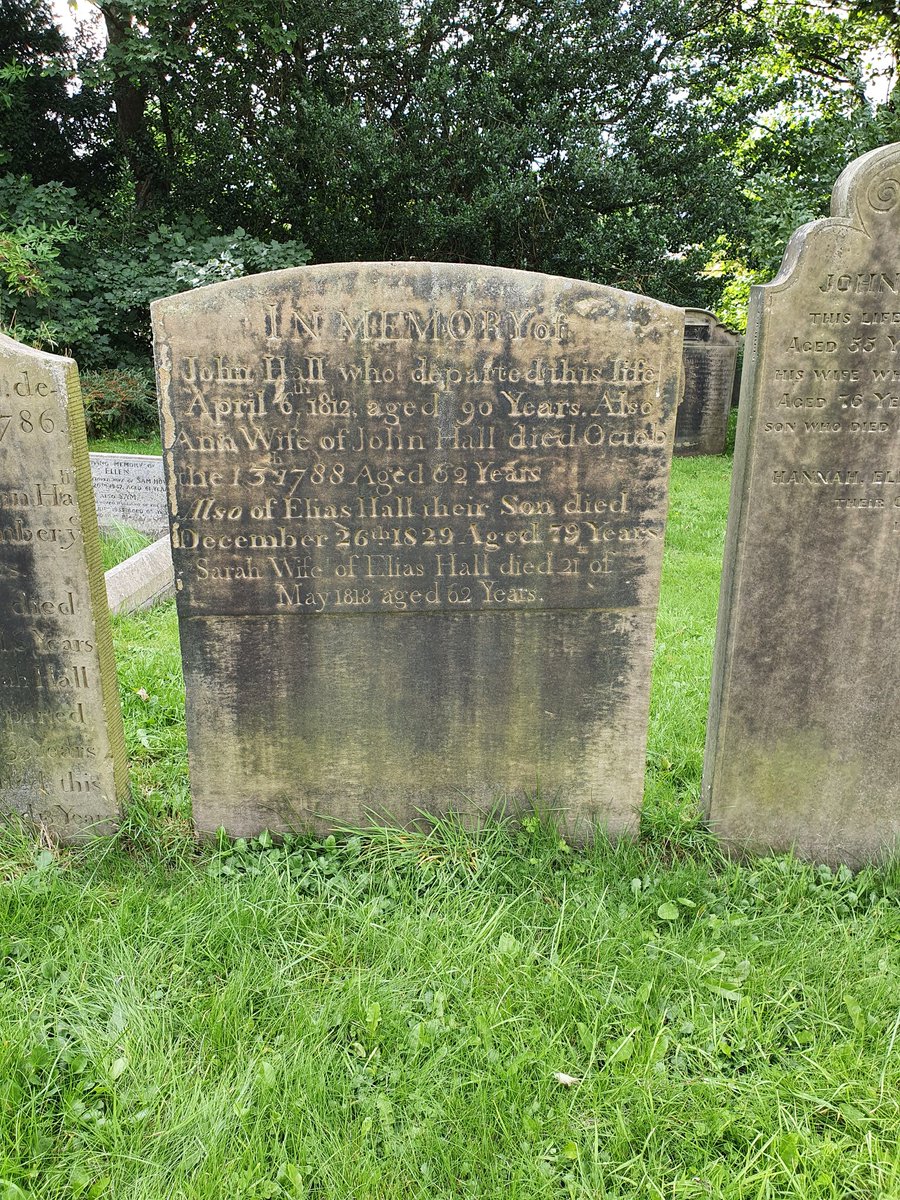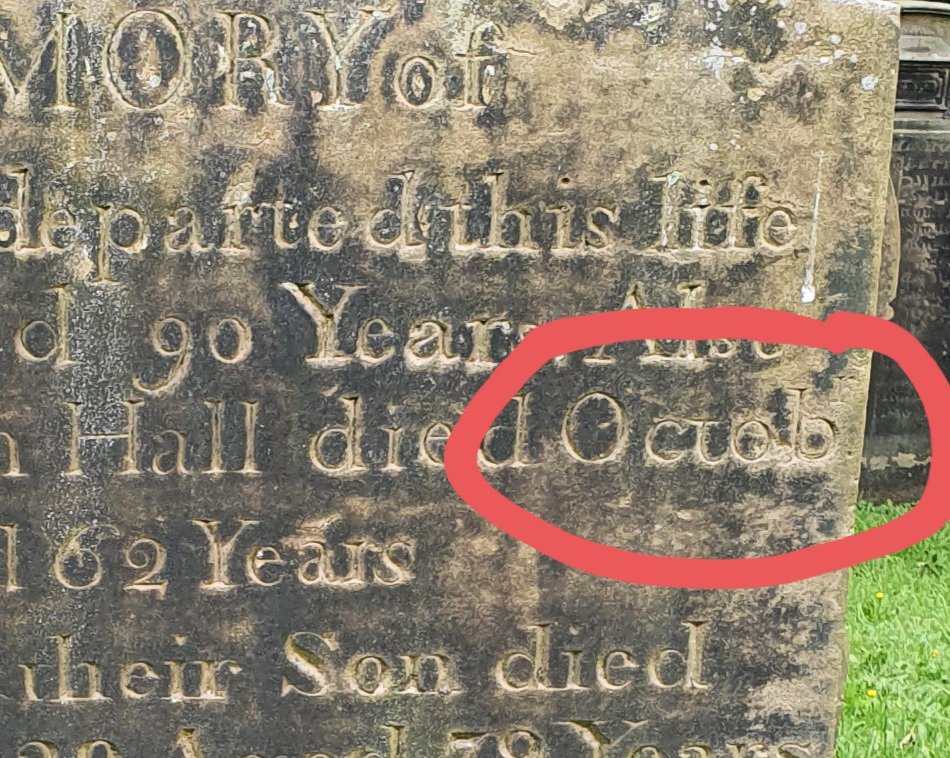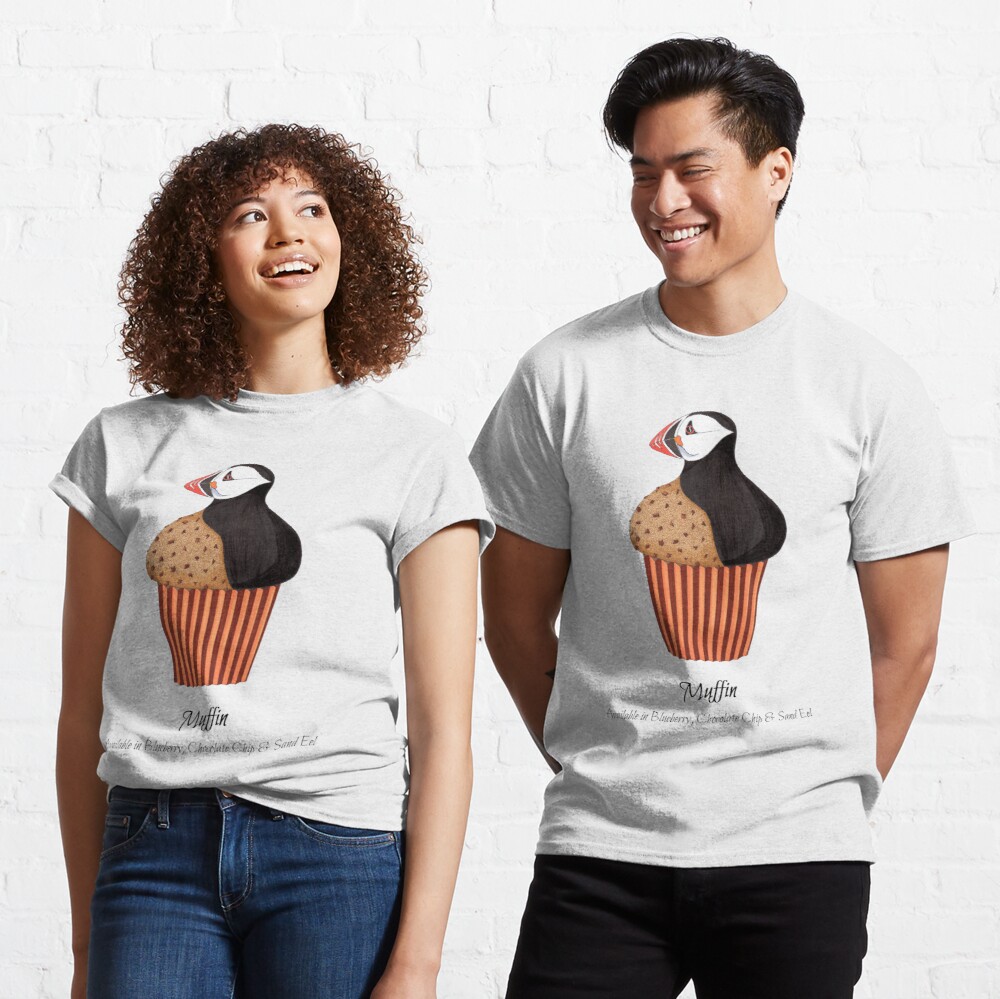You will need:
Part 1
✅ Jelly Sweets (Eg. Gummy bears or Haribo)
✅ Salt
✅ 2 small bowls
Part 2
✅ Some celery or flowers (carnations work well).
✅ A large glass or vase.
✅ Blue, Red, Black or Purple Food Colouring.
Part 1
✅ Jelly Sweets (Eg. Gummy bears or Haribo)
✅ Salt
✅ 2 small bowls
Part 2
✅ Some celery or flowers (carnations work well).
✅ A large glass or vase.
✅ Blue, Red, Black or Purple Food Colouring.
Part 1
1. In advance, make a strong salt solution in one of the bowls. Use boiling water and keep adding salt and stirring until no more will dissolve. (I recommend doing this step for your child.)
2. Allow the salt solution to cool to room temperature before step 3.
1. In advance, make a strong salt solution in one of the bowls. Use boiling water and keep adding salt and stirring until no more will dissolve. (I recommend doing this step for your child.)
2. Allow the salt solution to cool to room temperature before step 3.
3. Place some tap water in the other bowl.
4. Now you will need three jelly sweets (if you have a mix-bag, you need to pick out three that are the same). Place one in the salt water, one in the tap water. Leave the other one as a control to compare to.
4. Now you will need three jelly sweets (if you have a mix-bag, you need to pick out three that are the same). Place one in the salt water, one in the tap water. Leave the other one as a control to compare to.
5. Leave for a few hours. About 8 hours is ideal. So it can be left overnight. Don't leave it more than about 10 hours though, or things get mushy.
6. When you come back to the sweets, you should find that the one in the tap water has grown dramatically. The one in the salt water will have grown a little, but nothing like as big. Compare them to your control sweet (bet you're glad you didn't eat it now).
Part 2
1. In the glass or vase, mix some tap water with your food colouring. Make it quite strongly coloured for the best results. If you are using flowers, use a contrasting colour to the flowers themselves. Green and yellow food colours will not show up well.
1. In the glass or vase, mix some tap water with your food colouring. Make it quite strongly coloured for the best results. If you are using flowers, use a contrasting colour to the flowers themselves. Green and yellow food colours will not show up well.
2. Put the celery stalks / flowers into the vase. Leave them for up to 3 days and observe what happens.
3. If you are using flowers, after a day or so, you will notice the petals changing colour!
4. If you are using celery, you should notice that it has gone stripy.
5. Help your child to cut a slice across one of the stems and look at the inside.
4. If you are using celery, you should notice that it has gone stripy.
5. Help your child to cut a slice across one of the stems and look at the inside.
The Science At Work
Osmosis is where water molecules will move from a less concentrated solution to a more concentrated one.
In Part 1, the sweet in the tap water grew because it contained a lot of sugar. So the water molecules were drawn in to make it less concentrated.
Osmosis is where water molecules will move from a less concentrated solution to a more concentrated one.
In Part 1, the sweet in the tap water grew because it contained a lot of sugar. So the water molecules were drawn in to make it less concentrated.
The sweet in the salty water was already in a concentrated solution, so not as much water traveled into the sweet.
Part 2 demonstrates osmosis happening in plants. It is the process plants use to transport water through their stems. The food colouring enables us to see where the water goes. 

Key Learning Points
KS2 - Plants need water. Plants can transport water through their stems.
KS3 - Plants transport water through tissue called Xylem and Phloem (the stringy bits in the celery). Water is lost or "transpired" through tiny holes in leaves called "stomata"...
KS2 - Plants need water. Plants can transport water through their stems.
KS3 - Plants transport water through tissue called Xylem and Phloem (the stringy bits in the celery). Water is lost or "transpired" through tiny holes in leaves called "stomata"...
...and drawn in via the root system. So frest water keeps being drawn through.
KS4 - These students need to be able to describe the process of "osmosis" and be able to describe what is happening to the particles.
KS4 - These students need to be able to describe the process of "osmosis" and be able to describe what is happening to the particles.
Suggested Extensions
- If you have a kid's microscope at home, this is a great time to get it out. Try looking at a very thin slice of the celery. Get your child to draw what they observe and label the xylem and phloem (vascular tissue).
- If you have a kid's microscope at home, this is a great time to get it out. Try looking at a very thin slice of the celery. Get your child to draw what they observe and label the xylem and phloem (vascular tissue).
- Collect plant material from different plants. Try to identify the vascular tissue in your samples. (It tends to look veiny). You could try dying other plants you collect to find the vascular tissues.
- Learn more about plant structure by making nettle string. This is the perfect time of year for it. Good gloves required! Here is a video of how to
(P.S. Nettle Soup is lovely, but make sure the nettles you use haven't been sprayed!)
(P.S. Nettle Soup is lovely, but make sure the nettles you use haven't been sprayed!)
Do you need some 1:1 science support from a qualified specialist teacher?
I am offering video call science tutoring. £12 for 1/2 hour including a resource pack and marking. DM me for details.
I am offering video call science tutoring. £12 for 1/2 hour including a resource pack and marking. DM me for details.
• • •
Missing some Tweet in this thread? You can try to
force a refresh















